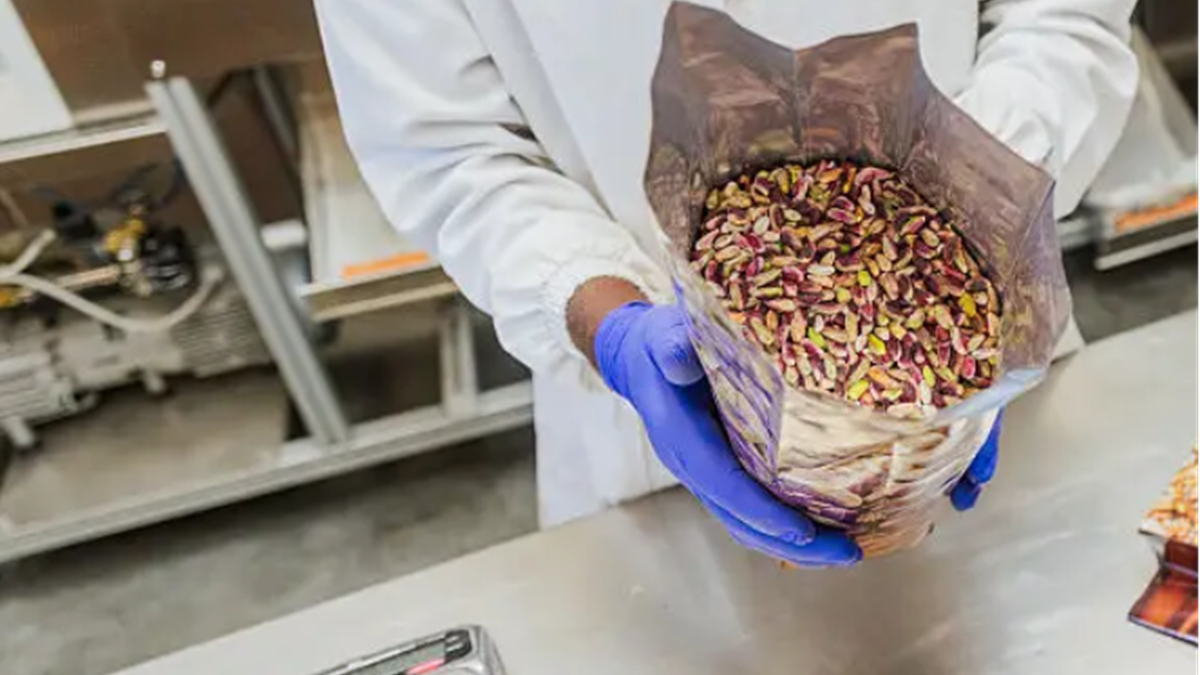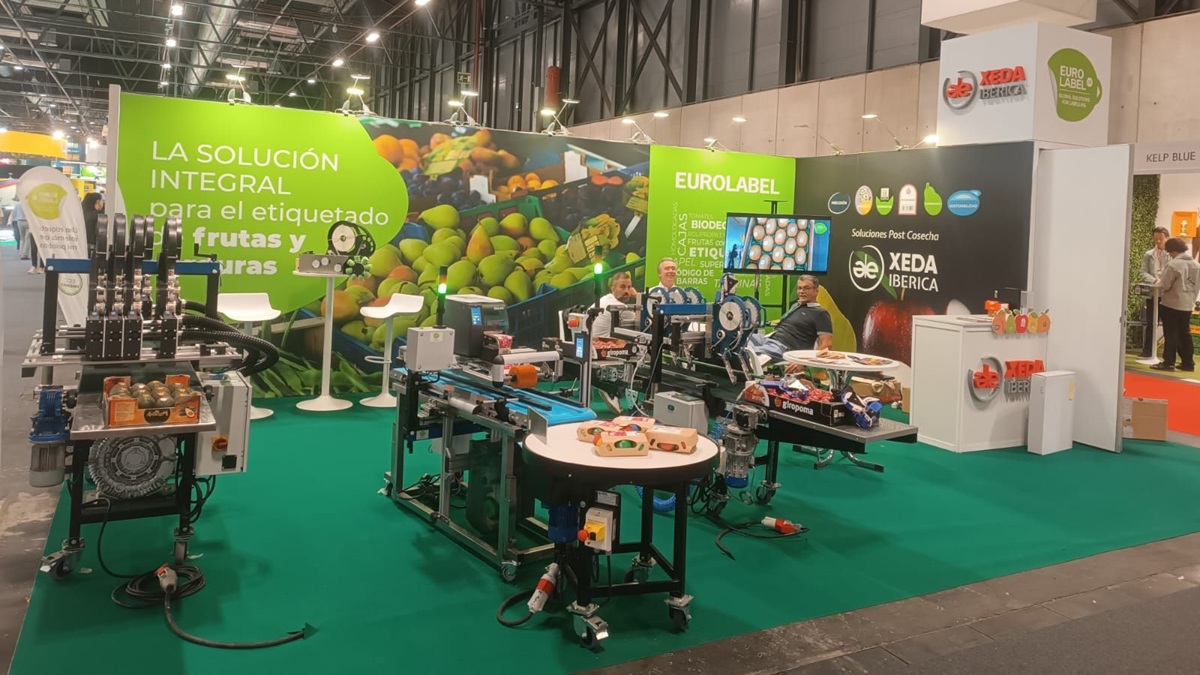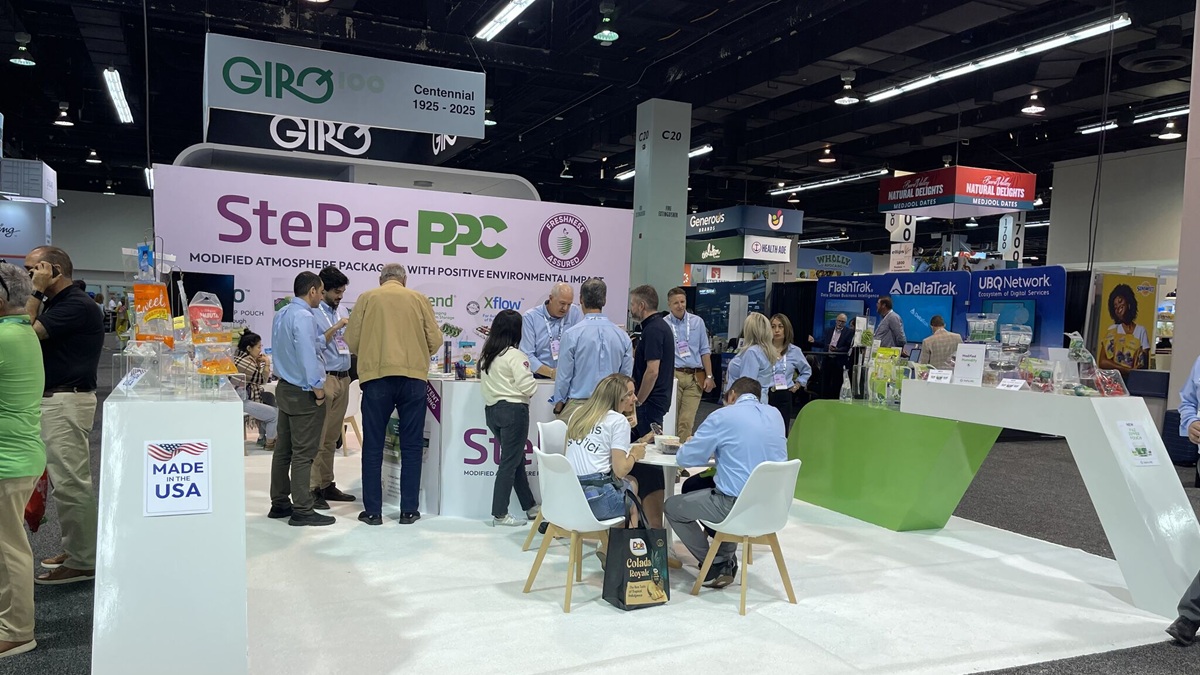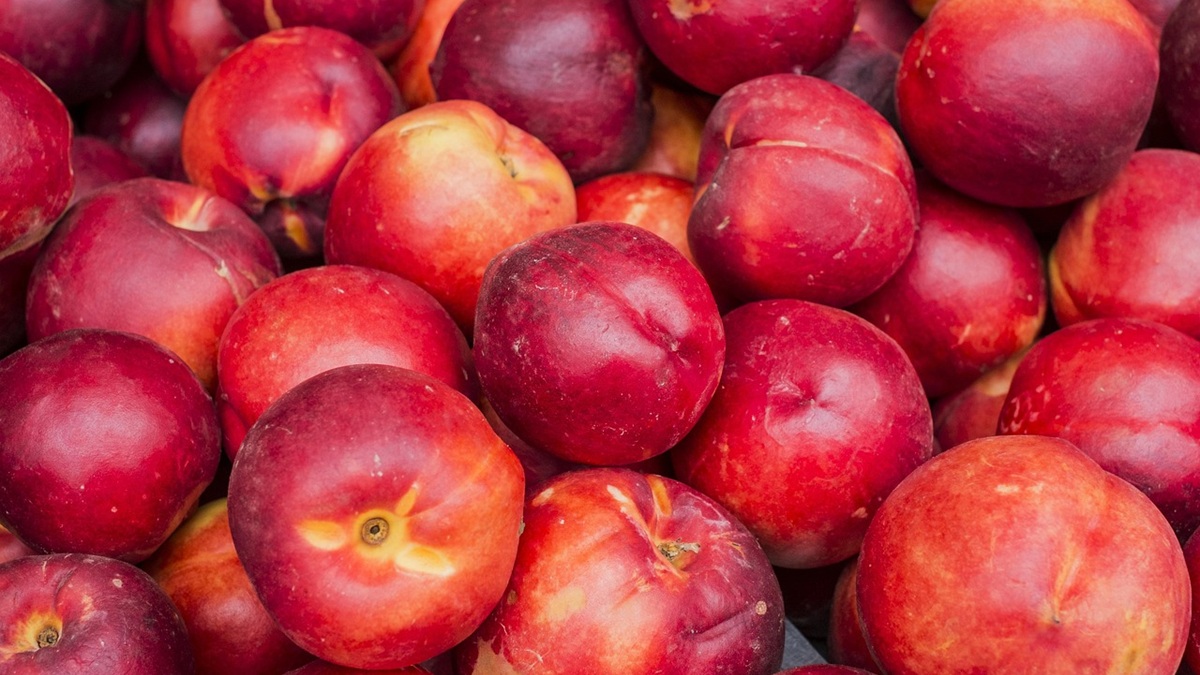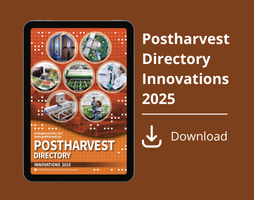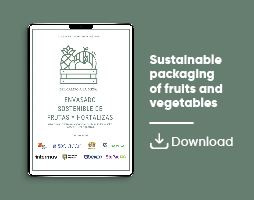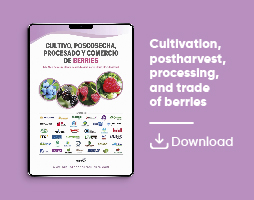Actualidad
Post-Harvest Management of Pistachio
Post-harvest management is critical for pistachio quality and commercial value, necessitating rapid processing due to high moisture content
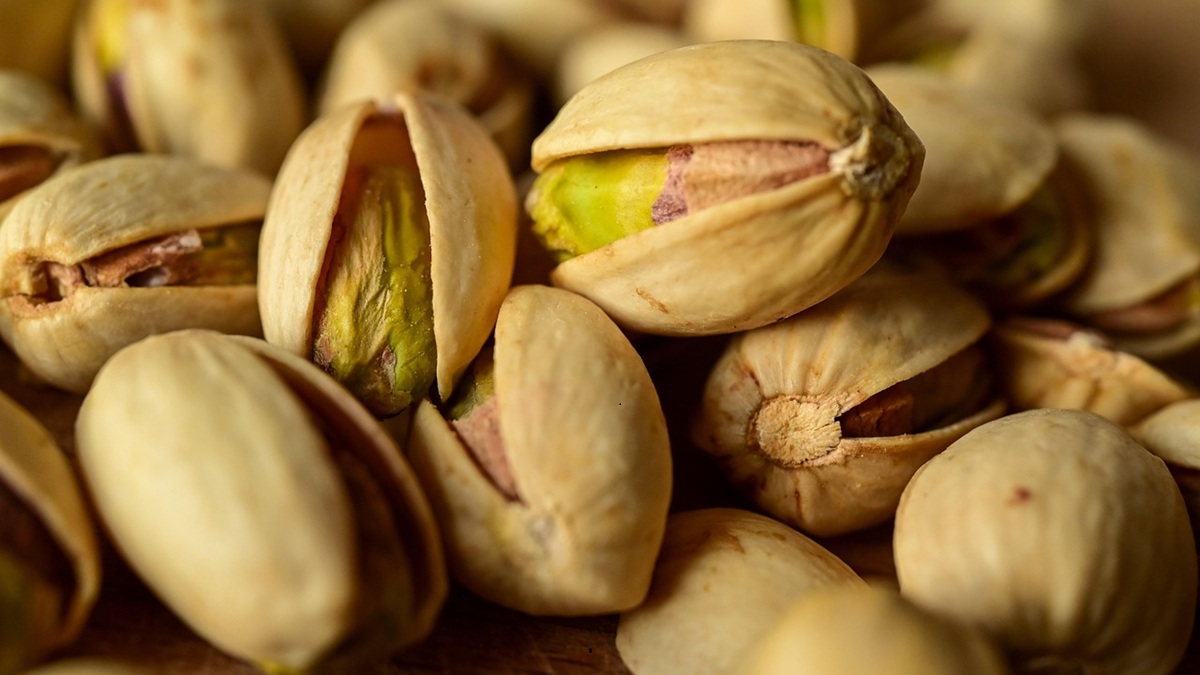
Redaccion
The post-harvest management of pistachio (Pistacia vera L.) is crucial for preserving its quality, safety, and commercial value. After harvest, the high moisture content of the fruits requires rapid processing to prevent enzymatic deterioration, lipid rancidity, and contamination by aflatoxin-producing fungi.
This process includes critical operations such as hulling, washing, drying, blanching (optional), shelling, and storage. Proper post-harvest management is strategic to ensure pistachios are safe, stable, and of high quality, which is essential for the global market and the food industry.
Read more about Cultivation, postharvest, processing, and trade of pistachio in Biblioteca Horticultura.
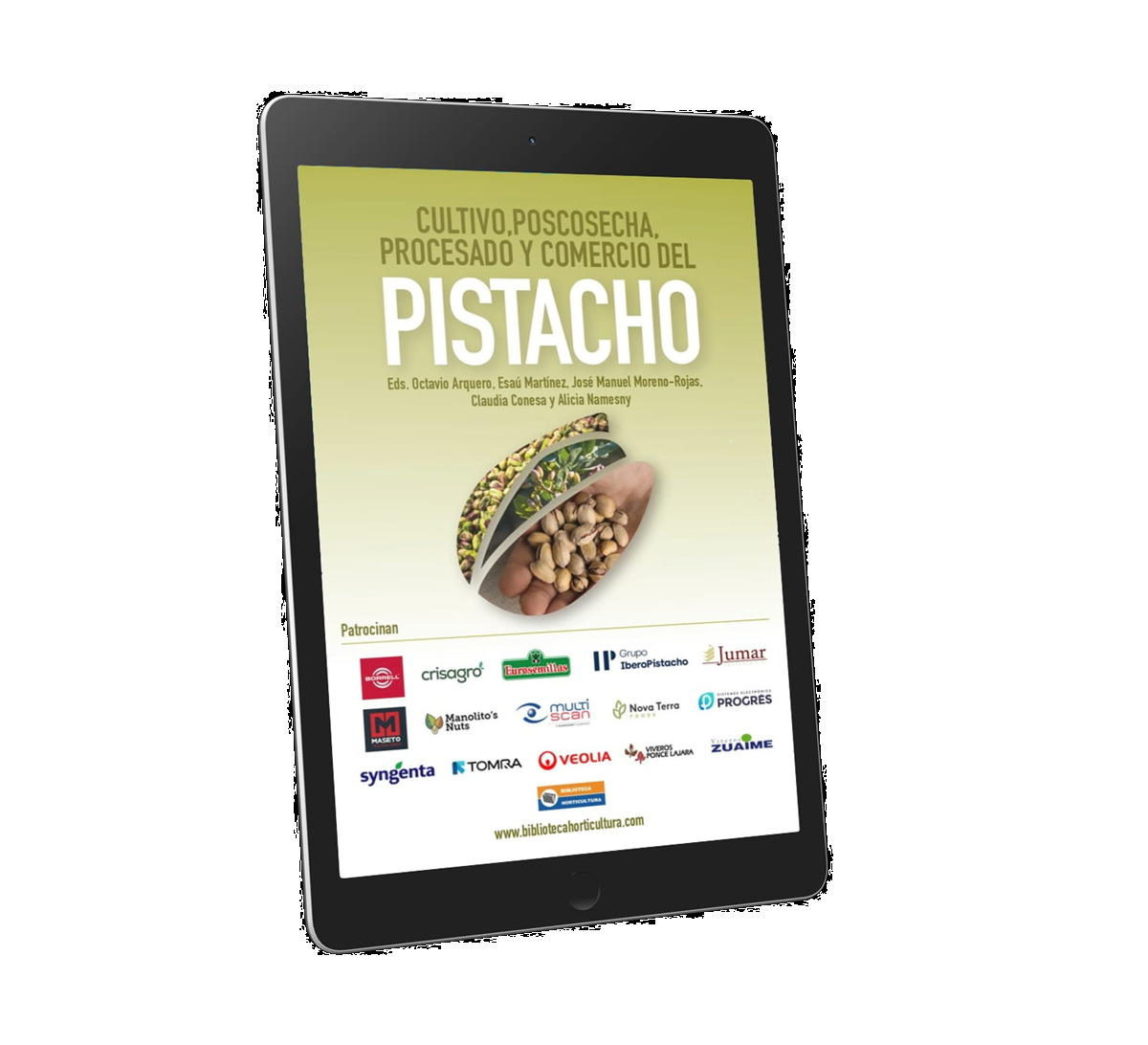
Harvest
Harvesting is a critical time that directly impacts the product's quality, shelf life, and profitability. The optimal period varies globally but generally occurs between late August and early October in the Northern Hemisphere, depending on the natural opening of the shell (dehiscence) and the color of the fruit.
Regional Differences:
- United States (California). The uniform ripening of the 'Kerman' cultivar allows for a single-pass, concentrated, automated harvest using high-efficiency shakers.
- Mediterranean Countries (Iran, Turkey, Italy). The harvest is more heterogeneous and can extend over several weeks. In Bronte (Italy), the biennial harvest of the 'Bianca' or 'Napoletana' cultivar is carried out, often manually due to the orographic conditions.
Techniques:
- Mechanical. Uses shakers that vibrate the trunk to make the fruit fall onto collection systems. This method drastically reduces harvest time and minimizes the risk of over-ripening.
- Manual. Shaking branches with poles or collecting the fruit by hand onto sheets. This method is viable in areas difficult to mechanize (like Bronte), although it is costly and slow, which increases the risk of deterioration.
Post-Harvest Urgency
Freshly harvested fruit has up to 50% moisture and a perishable outer hull. A delay in hulling, washing, and drying can lead to fermentation, microbial development, and the appearance of aflatoxins. Speed is essential.
Post-Harvest Management
Correct post-harvest management is indispensable. Fresh pistachios are susceptible to degradation due to their high moisture content, which favors the proliferation of molds, yeasts, and bacteria. Operations must be rapid and careful, as pistachios are rich in unsaturated fatty acids and chlorophyll, making them sensitive to heat and oxidation.
Hulling
Hulling, the removal of the soft, fleshy hull (pericarp), is a crucial stage for the prevention of contamination by Aspergillus flavus. If the soft hull, with over 50% moisture, is not removed quickly, the environment favors pathogen proliferation.
Technology and Practice:
-
U.S. Rapid, mechanized hulling (within a few hours after harvest) performed directly in the field, using machines that combine cutting, abrasion, and blowing under controlled hygienic conditions.
-
Iran and Turkey. Systems vary between semi-mechanized and manual, with a higher risk of mold development in more traditional methods.
-
Italy (Sicily). Mixed approach; large companies use specialized machinery, while small producers employ semi-manual methods or older machinery, increasing the risk of contamination due to processing time.
-
Innovation.Low-abrasion hulling systems (pneumatic, pressure-controlled, ultrasound/vibration) are being developed to reduce physical damage and preserve the integrity of the pistachio and its bioactive compounds.
Washing
Washing is essential to ensure hygiene and reduce microbial load and surface residues.
Technology and Practice:
-
U.S. Highly automated facilities use rotating drums with high-pressure sprayers, followed by a disinfection phase with sodium hypochlorite or peracetic acid.
-
Iran and Turkey. Less sophisticated systems, often by immersion in running water tanks or manual washing, which can increase hygienic variability and the risk of cross-contamination.
-
Italy (Sicily). Washing is integrated into drying structures with sprayers. The fruit is also immersed in room-temperature water to complete cleaning and separate full fruit from empty fruit by density. Chemical disinfectants are not used.
-
Innovation. Alternative methods such as ozonated water and ultrasound have proven promising for the inactivation of bacteria and fungi without leaving chemical residues.
Drying
Drying is the most crucial phase for pistachio stability and safety, as it aims to reduce the seed's moisture content to 4% to 6% (water activity a_w < 0.5) to inhibit lipid rancidity and the growth of Aspergillus flavus.
Methods and Regions:
-
Mechanical Drying (U.S., Iran, Turkey, Spain). Use of continuous flow or batch dryers with hot air 50 - 70ºC for 10-20 hours. Fluidized bed dryers ensure uniform heat distribution.
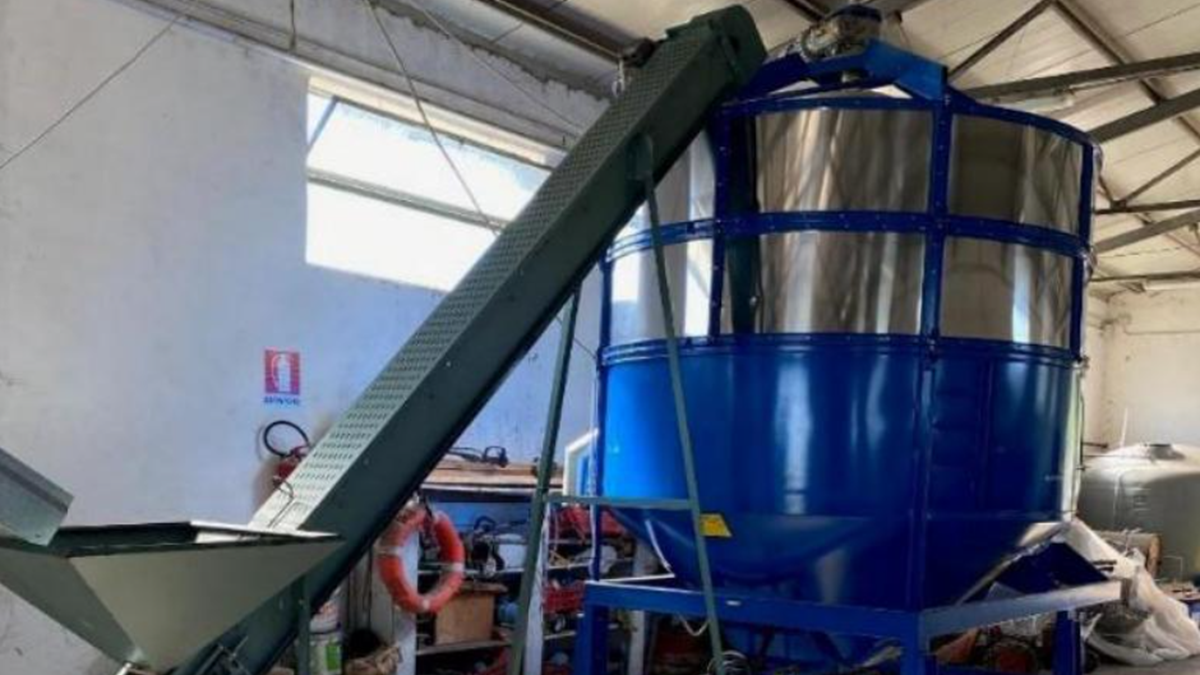 Drying of pistachio fruits (Pistacia vera L.) in a mechanical dryer, used to complete the drying phase in a controlled manner and faster than the solar method
Drying of pistachio fruits (Pistacia vera L.) in a mechanical dryer, used to complete the drying phase in a controlled manner and faster than the solar method
-
Solar Drying (Sicily, Greece). Direct sun exposure on sheets or jute nets for 4 to 8 days. This method preserves aromas but is difficult to standardize and depends on favorable climatic conditions to prevent microbial proliferation.
Quality Control
-
Slow drying promotes the growth of microorganisms.
-
Too rapid drying or at high temperatures (e.g., 72ºC) causes shell damage (cracks), alterations in lipid/protein fractions, and loss of green color (chlorophyll).
Innovative Technologies: Microwave drying (accelerates the process to 30-60 minutes) and catalytic infrared drying (low temperatures and lower energy consumption) are being tested.
Blanching (Optional)
Blanching is a controversial practice used to improve the appearance of the shells (bright white color) and hide imperfections.
Process and Risks
It is carried out with chemicals such as hydrogen peroxide . However, studies show that even at low concentrations (e.g., 0.5% H2O2), there is a drastic reduction in phenols and anthocyanins (like cyanidin-3-galactoside), which significantly decreases antioxidant capacity and health benefits.
In the Mediterranean region (Italy, Spain), blanching is generally not practiced for regulatory and ethical reasons, prioritizing nutritional integrity, especially in PDO products.
Shelling
Shelling, separating the seed from the hard shell, is key for the confectionery industry.
Technology and Practice:
-
U.S. Mechanical systems with optical control that identify and separate fruits with open shells (70%-80% of production).
-
Mediterranean (Italy/Bronte)- Mixed approaches: mechanical shellers are used, but artisanal and PDO productions maintain manual or semi-mechanical shelling to select high-quality, high-value fruit.
Quality Considerations
Mechanical shelling must be well-calibrated. If excessive, it can cause microfractures and damage the seed's tegument, promoting lipid oxidation during storage. Post-shelling optical separation improves purity.
Storage
Long-term preservation is crucial and requires controlled conditions to maintain organoleptic and nutritional properties.
Ideal Conditions:
-
Moisture. Seed moisture content at 4% to 6% (water activity aw < 0.5).
-
Temperature. Between 0ºC and 10ºC to slow down oxidation and the growth of insects/molds.
-
Relative Humidity. 65% to 70%.
Environmental Control: Silos and bulk containers require regular ventilation to prevent the accumulation of CO2 and self-heating.
Pest Control: The use of hermetic atmospheres (pure CO2or N2) is increasingly preferred over chemical fumigants to eliminate insects and control microbial activity.
Conclusion
Fresh pistachios' high moisture (up to 50%) mandates rapid processing to prevent rapid deterioration and spoilage. The most critical safety risk is the growth of the mold Aspergillus flavus, which produces toxic aflatoxins if hulling is delayed. Slow handling also promotes general microbial growth (molds, yeasts, bacteria), leading to fermentation and decreased hygiene. The nuts' unsaturated fatty acids are vulnerable to heat and time, causing enzymatic deterioration and lipid rancidity. Ultimately, immediate and controlled drying to 4%-6% moisture is essential to inhibit all these biological and chemical threats
References
Arquero, O., Martínez, E., Moreno-Rojas, J. M., Conesa, C., & Namesny, A. (Eds.). (2025). Cultivo, poscosecha, procesado y comercio del pistacho. SPE3, s.l.
